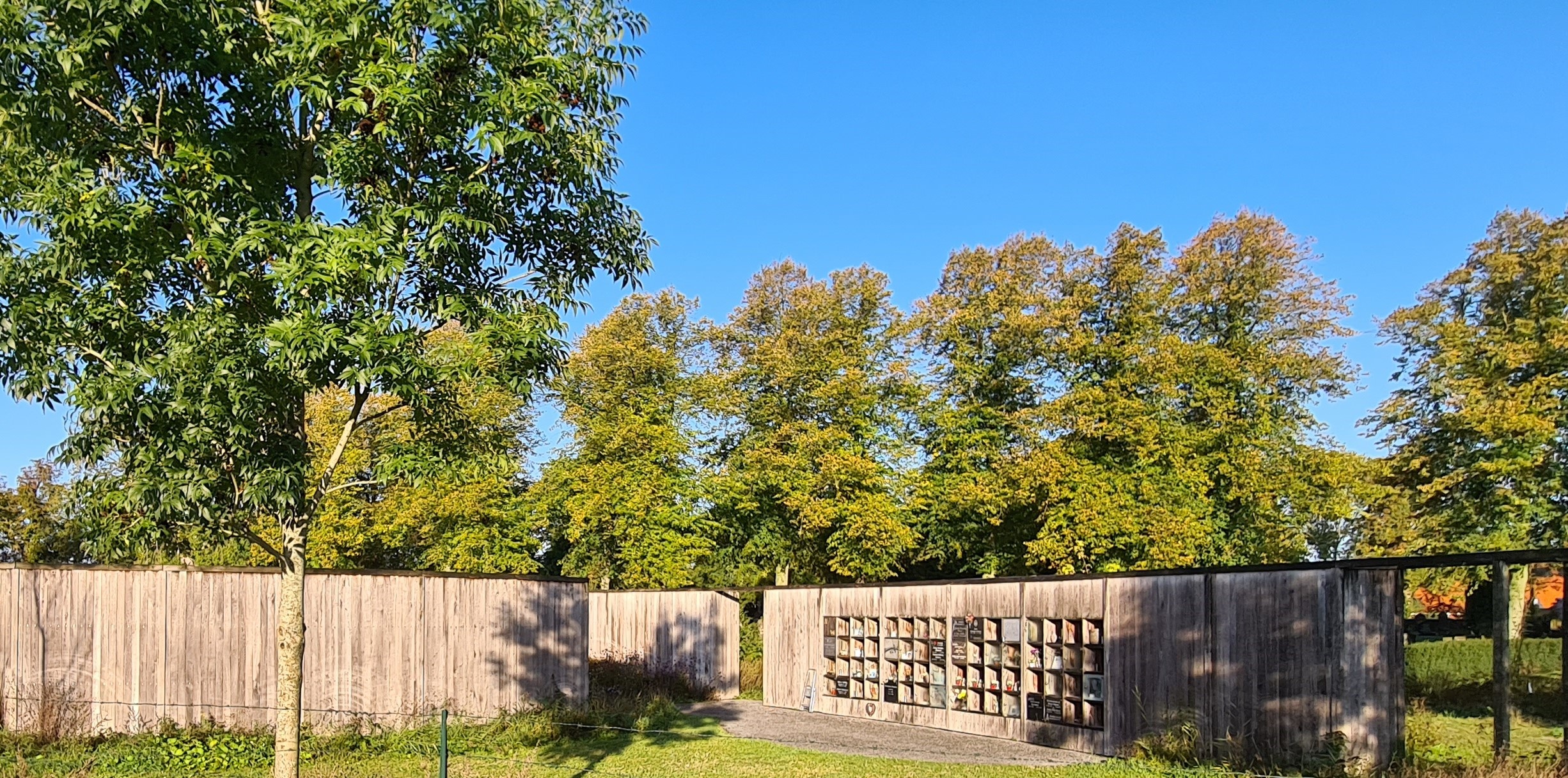
SSHUW General Cemetery Sneek
General cemetery, Hospitaler Monastery, Kerkhoflaan
The Hospitaalklooster or Sint-Jansbergklooster (officially: Hospitaal van den Sint Jansberg, also called Bergklooster, popularly Johannieterklooster) is a former monastery in the city of Sneek. The monastery stood where the General Cemetery is now located. The monastery was a commandery for men, inhabited by Johannites. The monastery originated between 1284 and 1317 on a mound which, at the time, lay outside the town. The Johannites lived here between about 1300 and 1580. The monastery was known for its large land holdings, which extended as far as Eemswoude (near Bolsward) and Osingahuizen. In addition, it held the patronage rights over several churches (as far away as Bolsward).
The monastery's buildings were demolished by civilians in 1572, during the Eighty Years' War. The friars subsequently moved to a location within the city. At this new location, on the Kruizebroederstraat, the Cross Brethren Monastery Jeruzalem was later founded.
General Cemetery
Sneek's general cemetery was established and put into use in 1827. This was done earlier than intended, hence the entryway bears the year 1828. That the cemetery was brought into use more quickly was because the cemetery around the Martinikerk had become too small, much sooner than expected. Indeed, in 1825 a terrible flood disaster had taken place in the north of the Netherlands, claiming hundreds of victims. The southwest corner of Friesland was one of the worst affected areas. Only the mound on which the Martini Church stands and a small part of the surrounding area still rose above the water. The salty sea water, had spoiled the land. The grass was dead and rotting on the earth. The drinking water, which at that time was usually taken from ditches, canals or lakes, had also spoiled. It had become salty and dead animals floated in it. The flood disaster was followed by hunger and several contagious diseases occurred. Hundreds more Snekers died as a result of the aftermath of the disaster. They all had to be buried in the cemetery around the Martinikerk, but it became overcrowded. There was no more room to bury all those deceased. Therefore, the municipality very quickly had a new cemetery built outside the city, on land where the Hospitaler monastery of the Knights of St. John had formerly stood. The site was somewhat higher than its surroundings and was easily accessible via a small dike with a canal next to it.
At the entrance a stairway was built on the embankment, so that deceased could also be transported to the cemetery by water. A good facility, especially in times when contagious diseases returned. In 1832, for example, this was the case when cholera broke out in the Netherlands - and in Sneek as well - for the first time. This was an infectious disease against which there was no defense at that time, because it was not known what caused it. The fear of this disease was so great that the staircase at the cemetery was given the name "cholera staircase".
Additional Info
The street leading to the general cemetery and the adjacent water are the Kerkhoflaan and Kerkhofgracht. Actually, these are strange names for this because they suggest that there would be in church. And so this is not the case.
Photo: urn garden general cemetery.
Tip: in the route 'Places of remembrance' explanations of various war graves are given.